Dieffenbachia Care In Winter: How To Winterize Dieffenbachia Plants
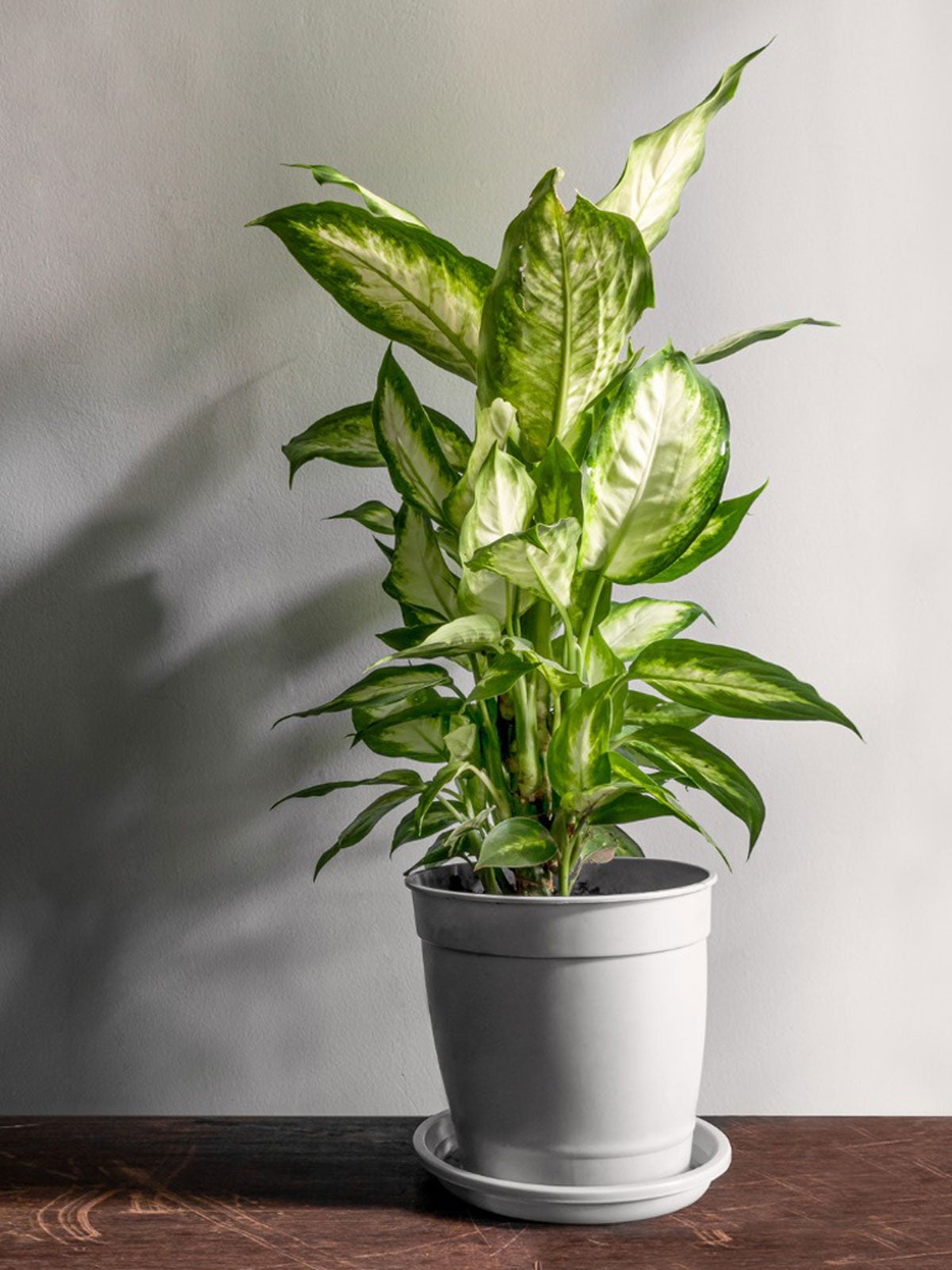

Overwintering houseplants is important, both for those growing outdoors in summer and those that are year-round houseplants. Dieffenbachia, a popular tropical houseplant, needs specific conditions in the winter that differ from the growing season. Know how to winterize dieffenbachia to keep these gorgeous plants healthy and thriving.
About Dieffenbachia Plants
Dieffenbachia seguine is also known as dumb cane. It is a tropical plant native to the Caribbean and South America. In the U.S. it grows outdoors in zones 10 through 12. In most places, though, it serves as a popular houseplant.
Outside, in its natural conditions, dieffenbachia can grow quite large, up to 6 feet (2 m.) tall. In a container it can still grow several feet tall, up to 3 feet (1 m.). The leaves are the reason to choose dieffenbachia as a houseplant. They are large, evergreen, and colorful with different patterns and colors depending on the variety. As a houseplant, dieffenbachia is low maintenance.
Dieffenbachia Winter Care
During the growing season, dieffenbachia prefers indirect light, regular watering, high humidity, and occasional fertilizer. Dieffenbachia care in winter is different. Growth slows down and its needs change.
Water less frequently in the winter. Let the soil dry out on top before watering. Allow the plant to drain completely after watering. Too much water can lead to stem or root rot. Stop fertilizing. Dieffenbachia does not need fertilizer in winter. In fact, fertilizing during the winter can cause brown spots to form on the leaves.
Keep dieffenbachia warm. Keep your overwintering dieffenbachia in a spot that will remain over 60 degrees F. (16 C.). Don’t let it get too hot either. The plant should be out of direct light and away from heaters or radiators.
Watch for pests and diseases. Dieffenbachia is generally a healthy plant with few issues, but there are some winter concerns. Winter brown spots are caused by overfertilizing but also excessive dryness. Water less but still water occasionally and give the plant a misting once in a while. Overly dry conditions can also lead to spider mites. Watch for them on the undersides of leaves. Stem rot is common with overwatering.
Gardening tips, videos, info and more delivered right to your inbox!
Sign up for the Gardening Know How newsletter today and receive a free copy of our e-book "How to Grow Delicious Tomatoes".
Dieffenbachia is a great houseplant, but it does require specialized winter care. Note: This plant is toxic and creates sap that is irritating, so take care around children and pets.

Mary Ellen Ellis has been gardening for over 20 years. With degrees in Chemistry and Biology, Mary Ellen's specialties are flowers, native plants, and herbs.
-
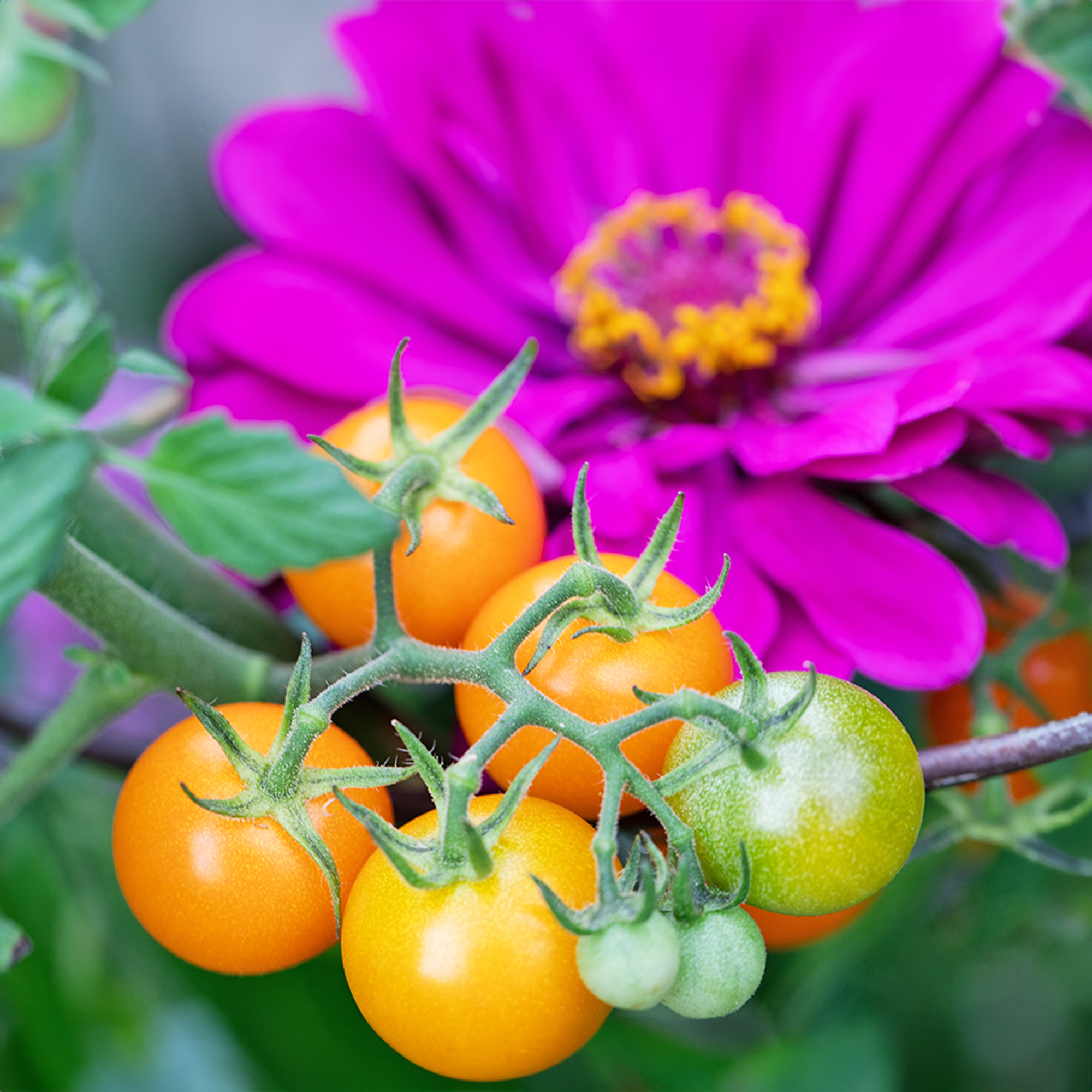 8 Perfect Flowers To Plant With Tomatoes To Boost Yields & Banish Pests
8 Perfect Flowers To Plant With Tomatoes To Boost Yields & Banish PestsDon’t forget flowers when choosing companion plants for your tomato beds or pots. These pretty, fragrant blooms add beauty but are also highly beneficial.
By Mary Ellen Ellis
-
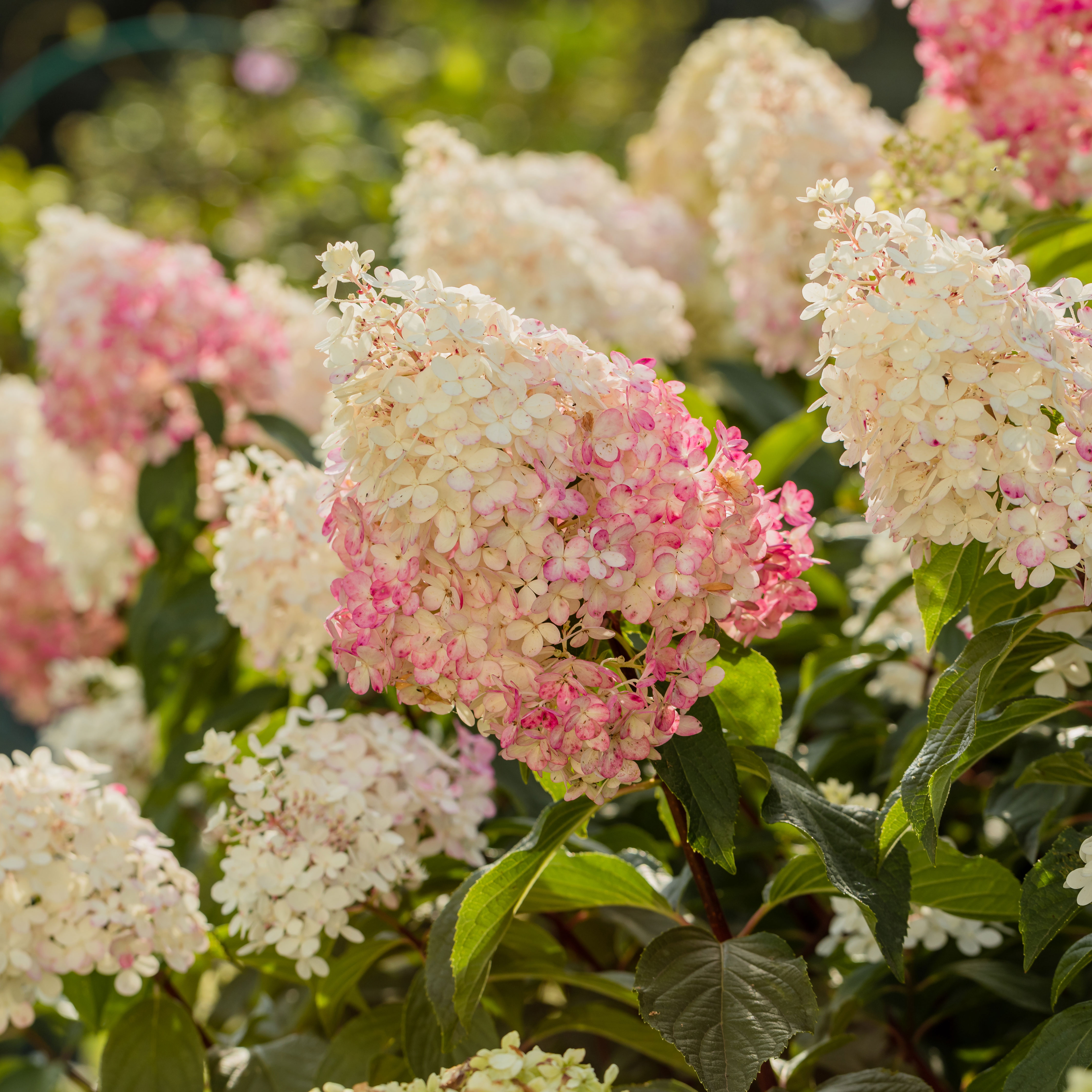 Want The Longest Lasting Hydrangea Flowers? Grow These 8 Panicle Hydrangea Varieties
Want The Longest Lasting Hydrangea Flowers? Grow These 8 Panicle Hydrangea VarietiesFor ornamental shrubs that deliver the longest flowering seasons with plush blooms and delicate hues, these panicle hydrangea varieties are essential in your yard
By Tonya Barnett
-
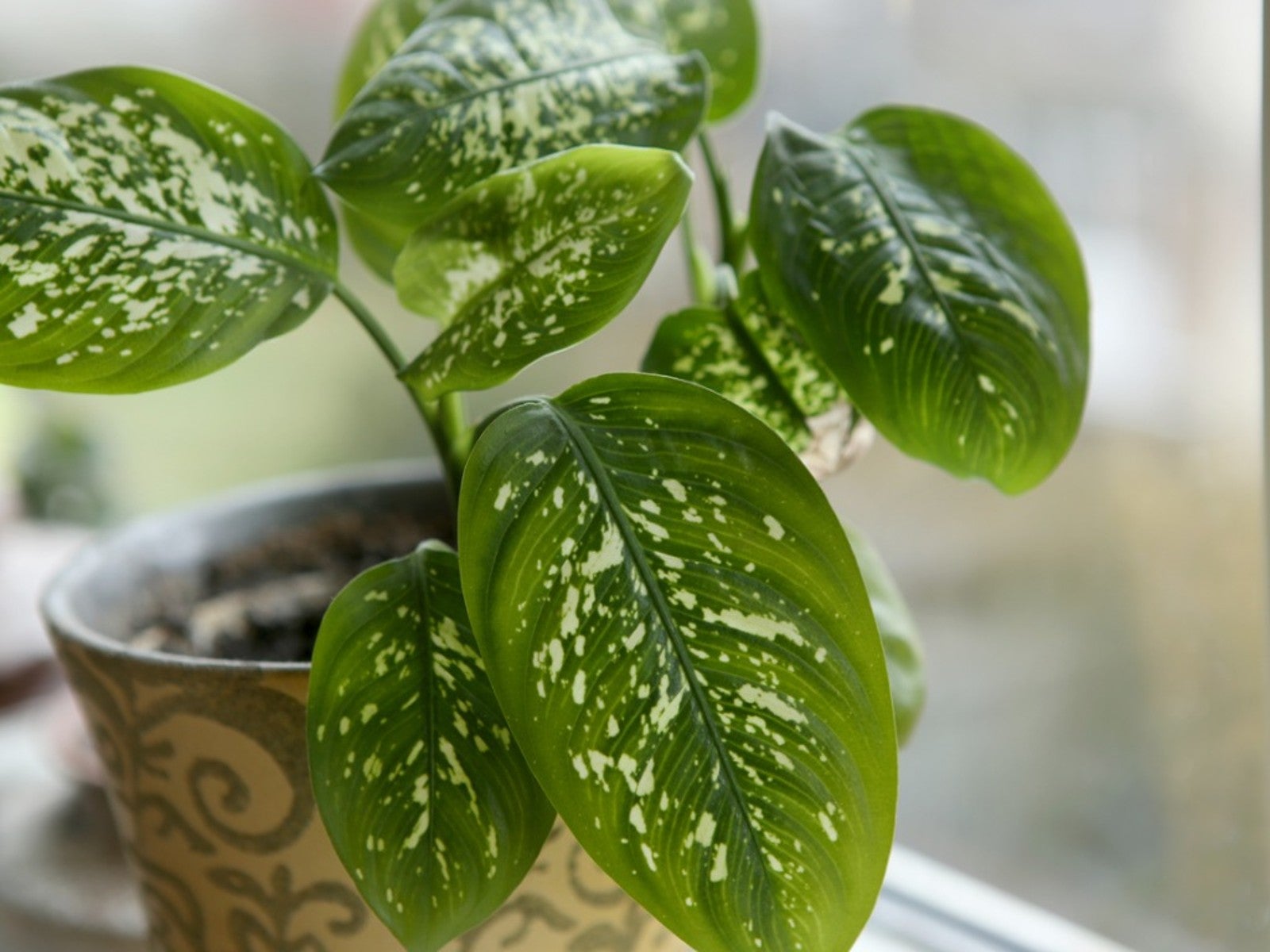 Dieffenbachia Pruning Guide – Should You Cut Back Dieffenbachia Plants
Dieffenbachia Pruning Guide – Should You Cut Back Dieffenbachia PlantsDieffenbachia can tend to get leggy and grow unwieldy top growth in some situations. That’s when you know it is time to cut it back.
By Bonnie L. Grant
-
 Dieffenbachia Troubleshooting – Learn About Dieffenbachia Diseases
Dieffenbachia Troubleshooting – Learn About Dieffenbachia DiseasesDon’t be surprised if you have problems with dieffenbachia, as it is no different from other plants when it comes to this. Read on for tips.
By Becca Badgett
-
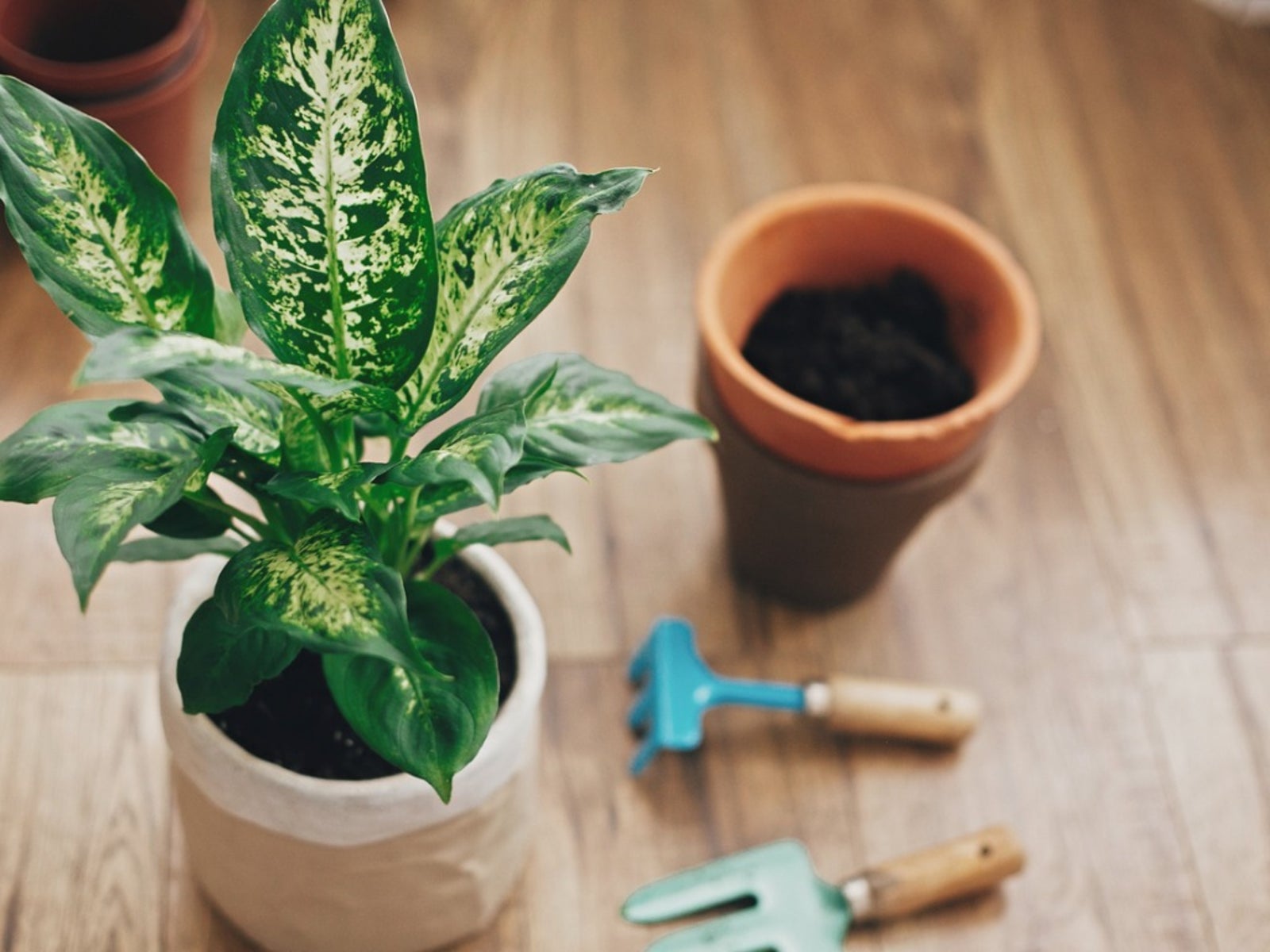 Propagating A Dieffenbachia: How To Propagate Dieffenbachia Plants
Propagating A Dieffenbachia: How To Propagate Dieffenbachia PlantsDieffenbachia is an attractive houseplant that adds a tropical statement to almost any room. You have the potential for an endless supply of new plants by propagating cuttings, and this article will help.
By Anne Baley
-
 Growing Dumbcane Dieffenbachia - How To Care For A Dieffenbachia Plant
Growing Dumbcane Dieffenbachia - How To Care For A Dieffenbachia PlantA true houseplant standby, Dieffenbachia is a beautiful specimen. Click here to learn about this beautiful classic.
By Becca Badgett